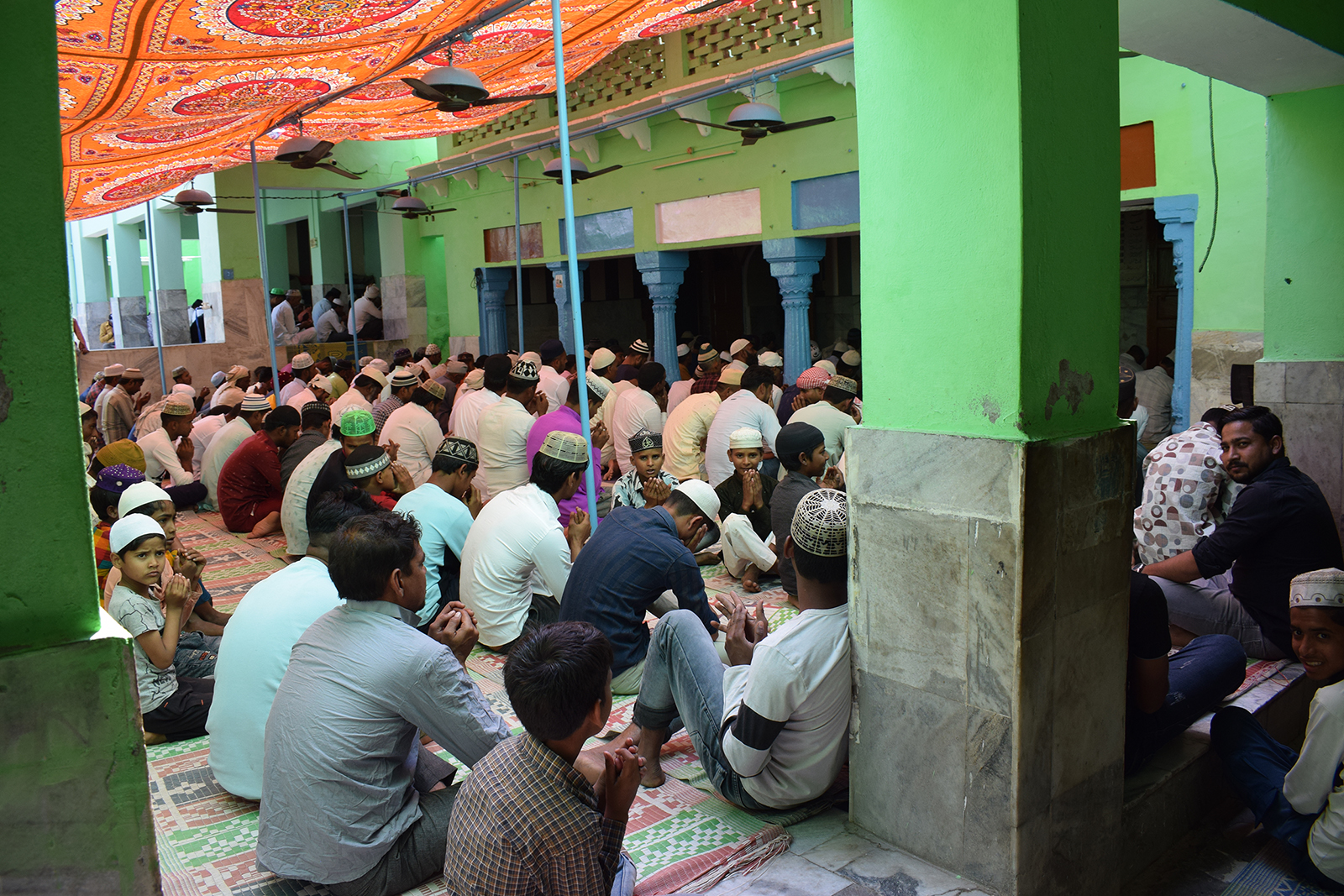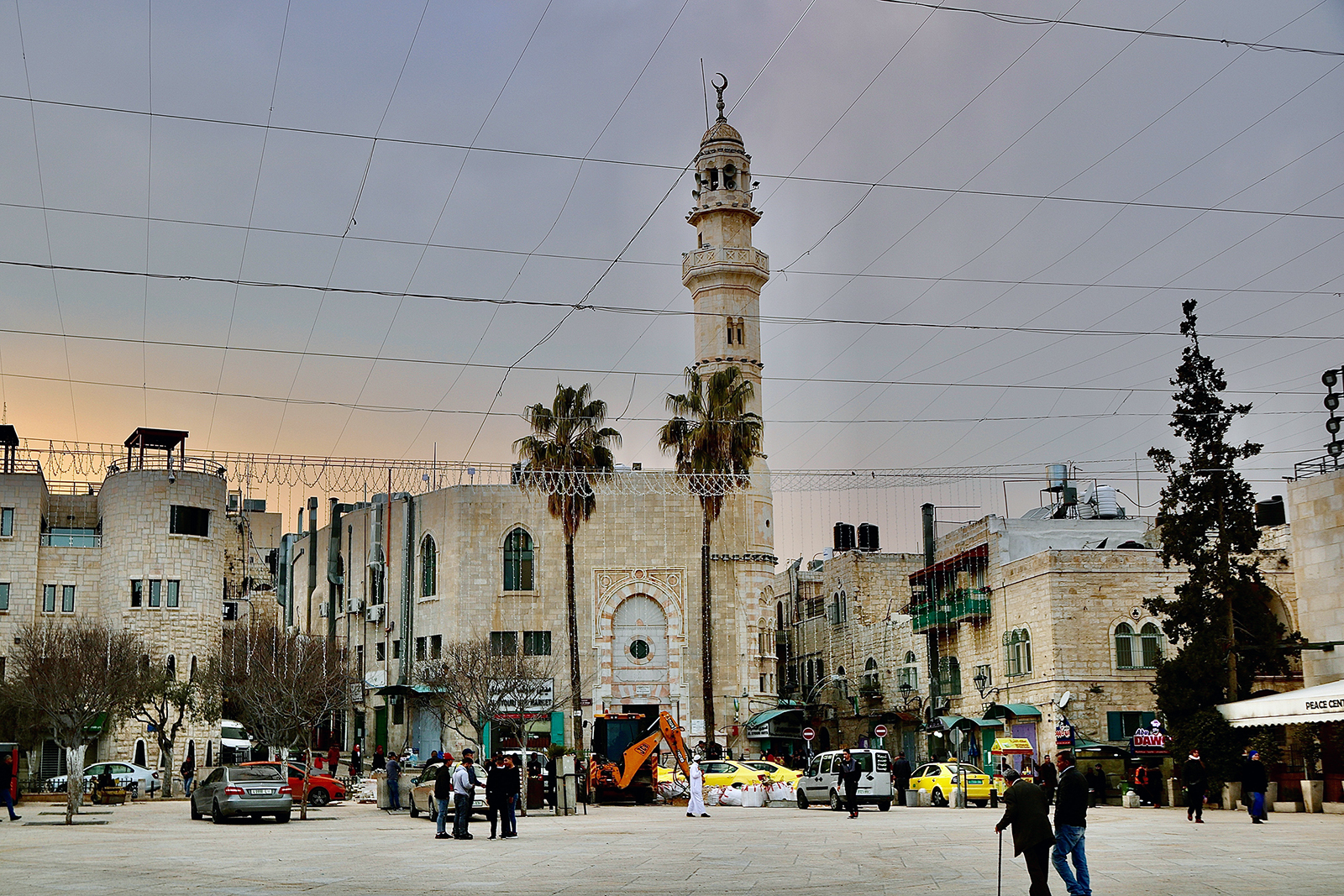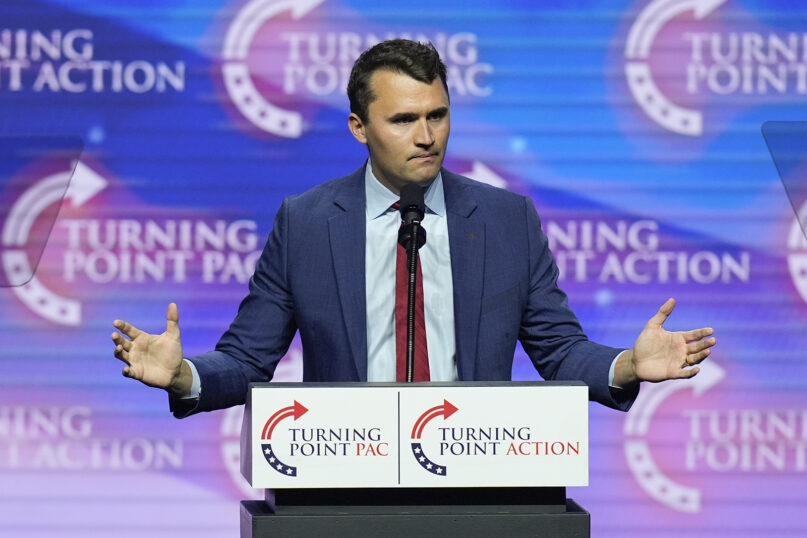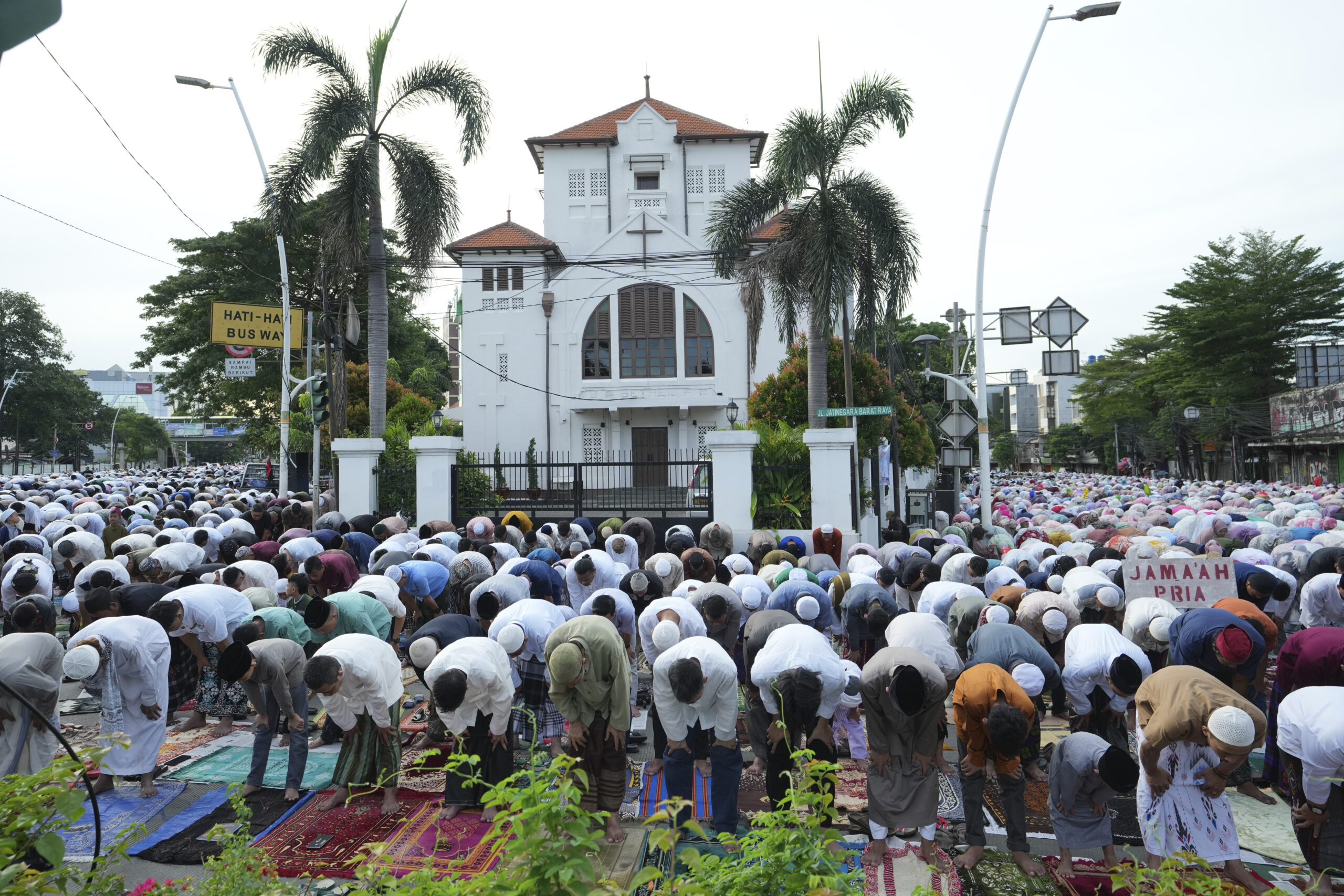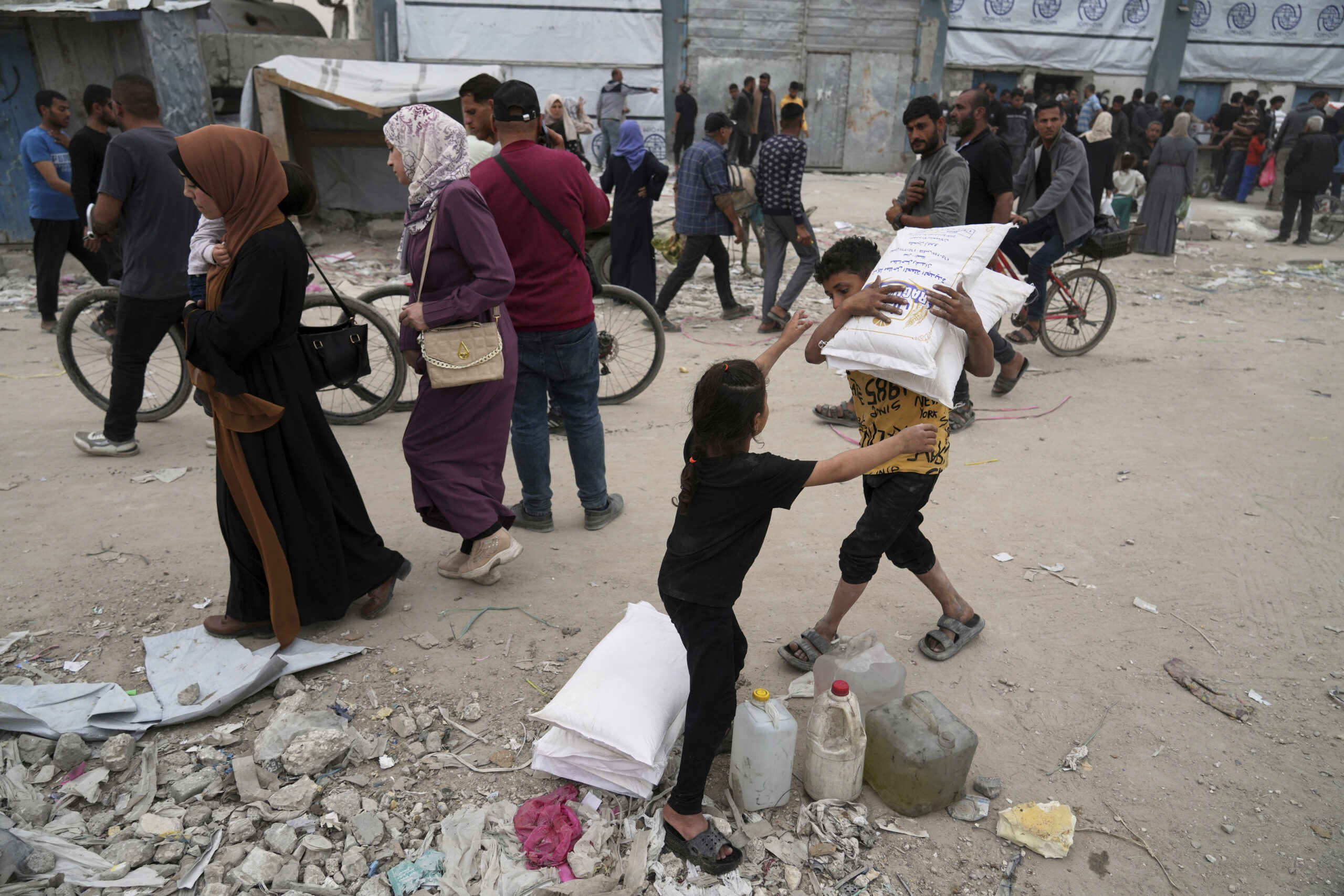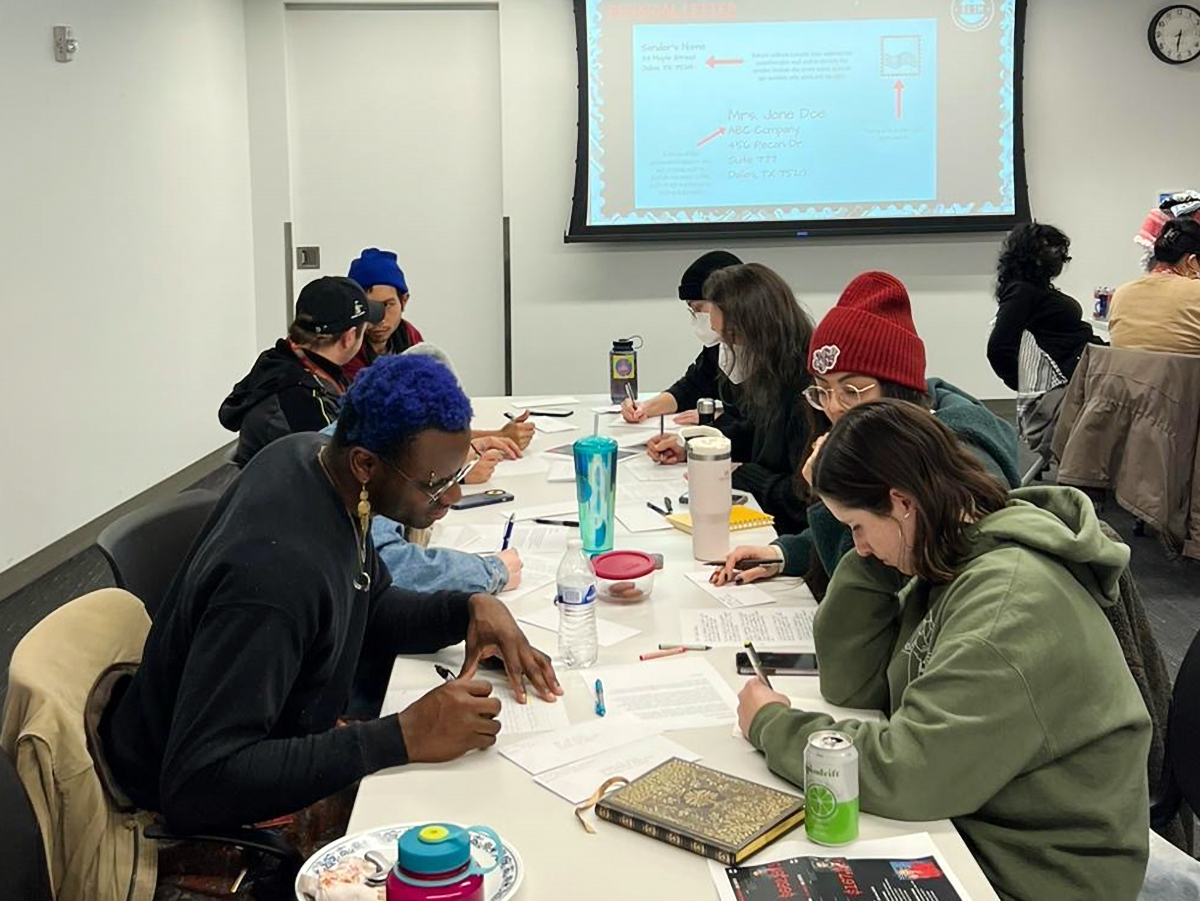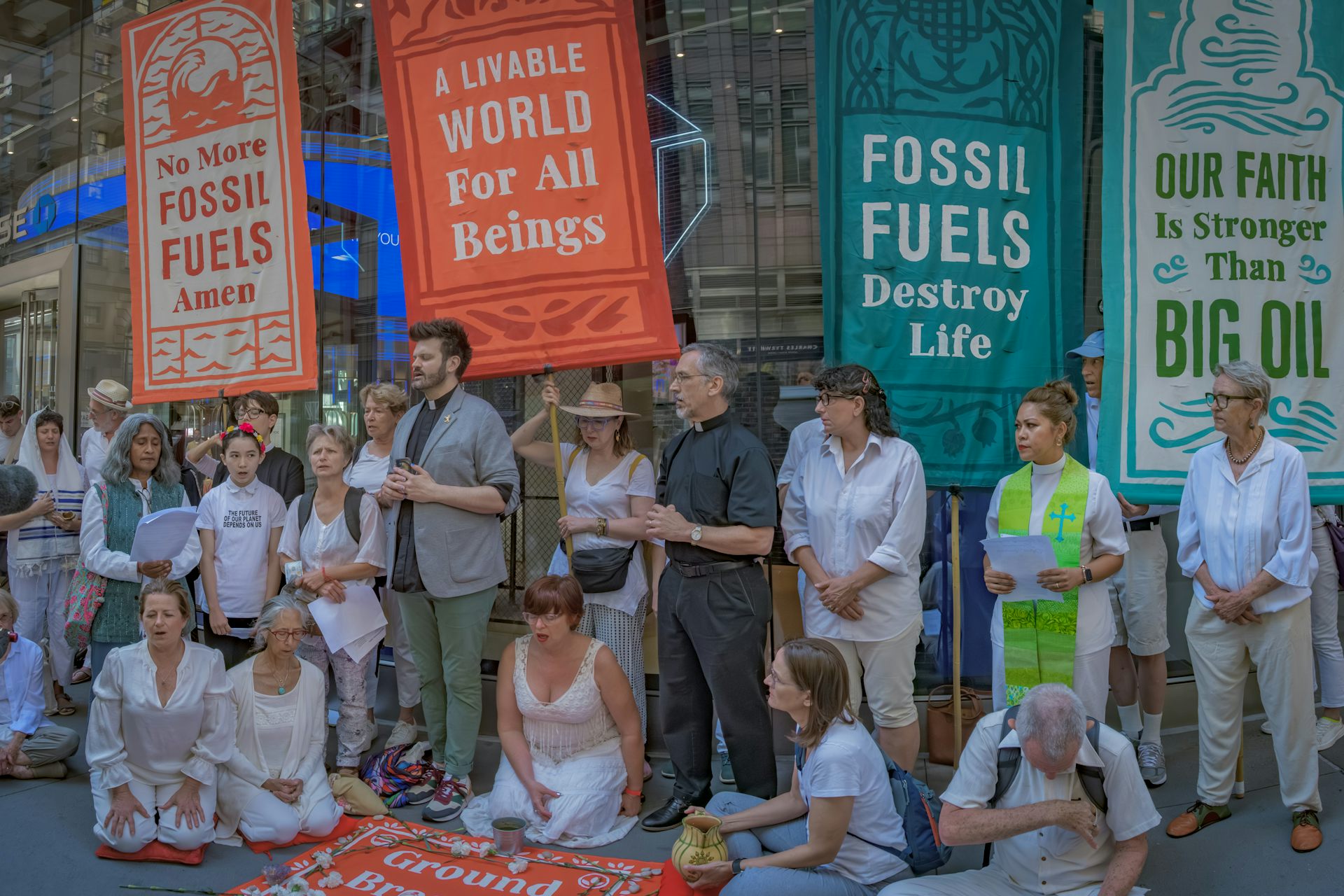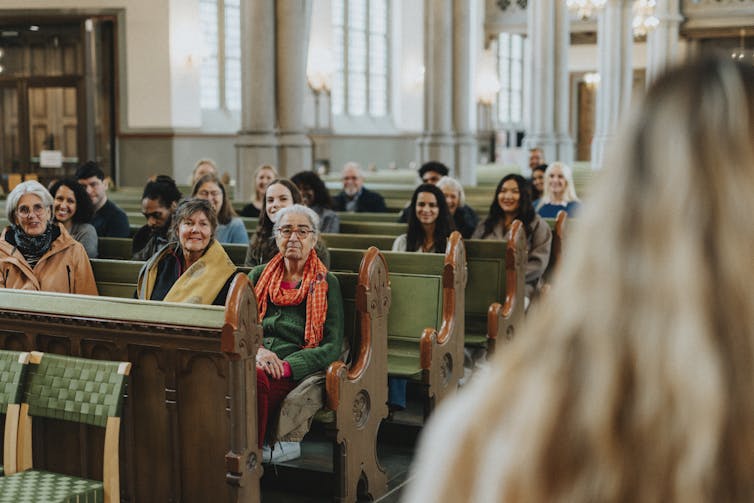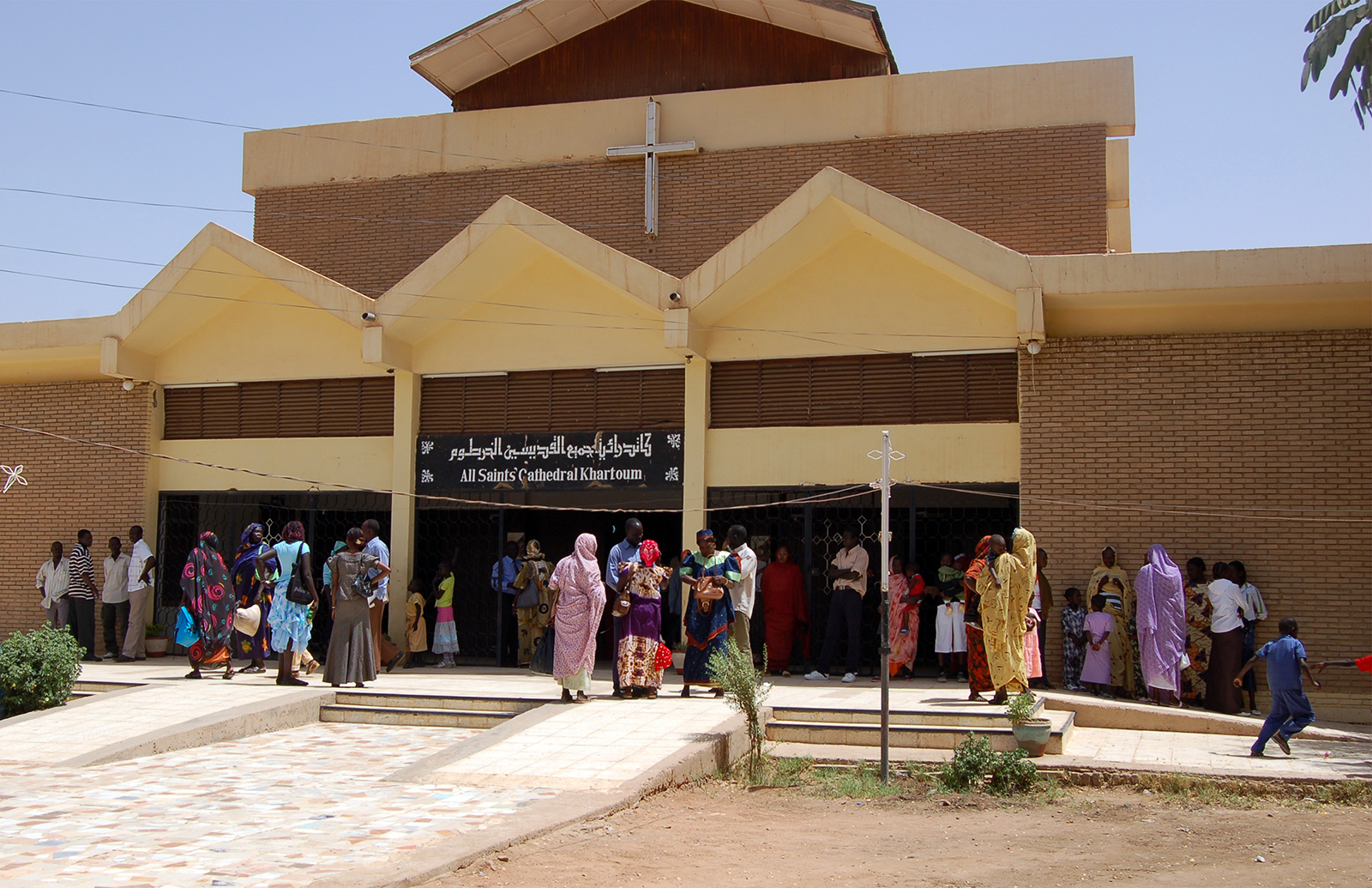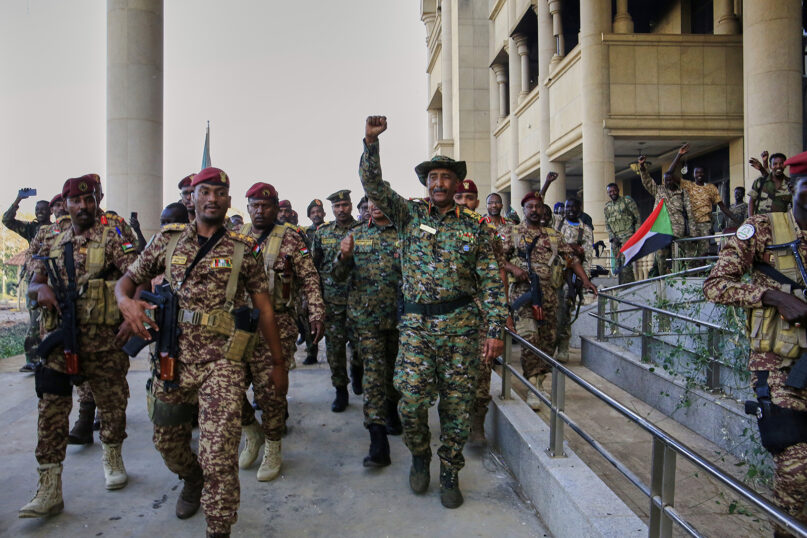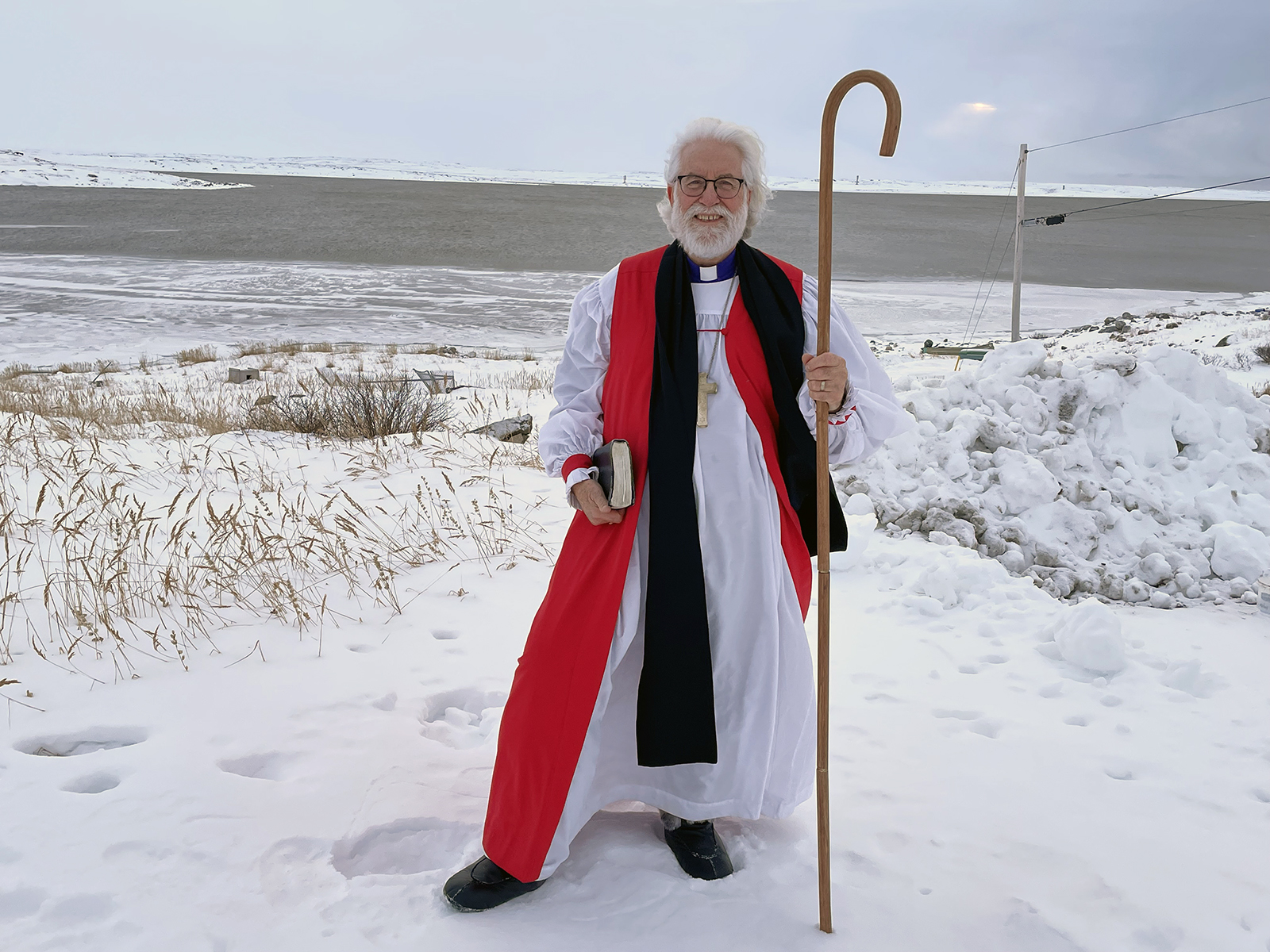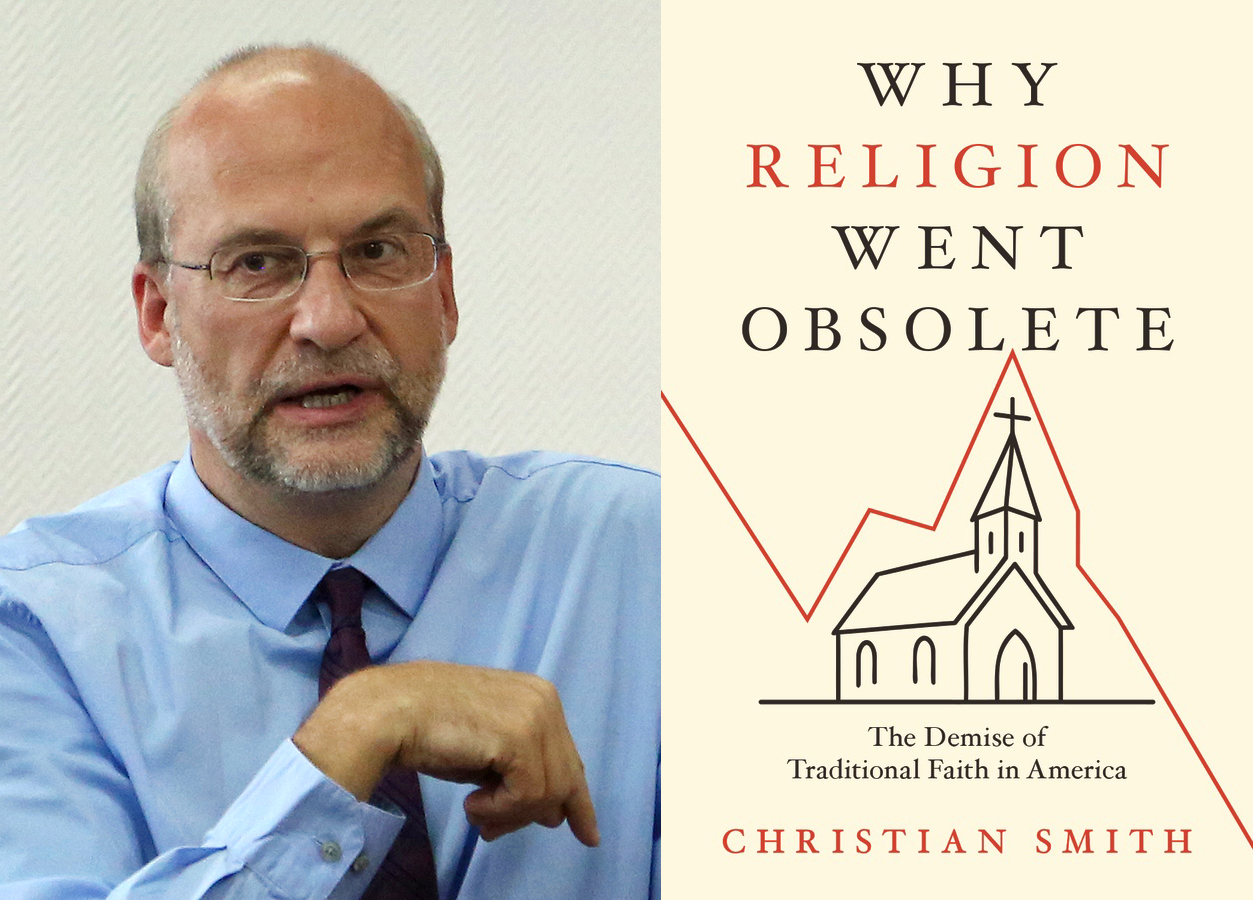Addicts are children of God. Helping them will fix the drug crisis, not tariffs on Mexico.
(RNS) — Dropping bombs and killing drug dealers may look good on television, but the real war on drugs occurs in treatment programs, which are terribly underfunded.

(Photo by Mart Production/Pexels/Creative Commons)
Thomas Reese
April 2, 2025
(RNS) — President Donald Trump loves tariffs. He uses them to bully countries into accepting his policies — for example, to get Mexico to stop migrants from coming across the border and to crack down on gangs shipping drugs into the United States.
He labeled drug cartels as terrorist organizations and his administration has threatened to use the U.S. military to attack them in Mexico.
Trump’s critics need to acknowledge that his efforts against Mexico have been somewhat successful. Fewer migrants are at our border because Mexico has stopped them at points farther south. This crackdown started under former President Joe Biden and has continued under Trump.
The Mexican government has also been more aggressive in going after drug gangs who make and ship drugs to the U.S. This has been difficult historically in Mexico because the drug lords have bought protection from police and politicians, and those they cannot bribe they threaten with violence.
But every time a gang leader or member is killed or arrested, there are others to take their places. In any case, Mexico will eventually tire of the war on drugs, as it has in the past, and will return to business as usual. And in anticipation of an American military attack, the gangs can easily disperse their drug facilities to make them more difficult to find and destroy.
I am not saying we should give up on trying to stop drugs from entering the U.S., but these attempts will never be very successful.
To deal with drugs, the U.S. needs to acknowledge its role in this crisis. That means dealing with guns and drug addiction in this country.
RELATED: Trump, the destroyer of worlds
The sale of guns is severely restricted in Mexico, with only one gun store in Mexico City, which is controlled by the army. Guns purchased in America and smuggled across the border are helping the very gangs the Trump administration has labeled terrorists.
Data shows anywhere from 68% to 90% of guns traced in Mexico were passed through the U.S., and most were also produced here. Thousands of guns are trafficked to Mexico each year.
If the Trump administration truly believes Mexican gangs are terrorists, then we must stop allowing them to get American-made guns. It could be considered granting material support to a terrorist organization, which is illegal. American gun dealers who sell guns that end up in Mexico are a greater threat to the U.S. than student protesters at Columbia University.
The Trump administration also falsely links drug trafficking with migrants crossing our borders. In truth, most drugs come through government checkpoints at the border in vehicles driven by American citizens. More agents, equipment, drug-sniffing dogs and intelligence are needed at these checkpoints if we are to put a dent in drug trafficking. But the drug traffickers’ response to seized drugs would be to simply ship more.
So, ultimately, the only way to stop the drug crisis is to cut demand. If there were no demand for drugs in the U.S., drug cartels would collapse. It is simple economics: Every addict in recovery is a lost customer for the cartels.
The pain of withdrawal from drugs is excruciating, and few addicts can do it on their own. Methadone and other alternatives to drugs can often help wean a person from drugs by reducing cravings.
Recovering from drug addiction is not easy. Anyone who wants treatment should be able to get into a program immediately and not be delayed because they have no insurance or there is no room. Depending on where you live, whether you have insurance and what type of program you are trying to get into, it can take weeks to get treatment — lots of time to relapse or change your mind.
Meanwhile, earlier this week, the Trump administration announced it was cutting about $11.4 billion in funding for grants for addiction treatment, mental health and other services, as well as staffing.
RELATED: Will Musk and Trump go to Hell for defunding the corporal works of mercy?
Dropping bombs and killing drug dealers may look good on television, but the real war on drugs occurs in treatment programs, which are terribly underfunded. Every addict, regardless of their income or where they live, should be able to get quality treatment. This is the only way we will win the war.
Every person, including a drug addict, is a child of God. They come from every race, every income bracket and every part of the country. They are Democrats and Republicans, believers and unbelievers, urban and rural, rich and poor. It doesn’t matter how they became addicted. They deserve to be treated with dignity and compassion.
The only way to win the war on drugs is to provide good treatment and support to addicts.
